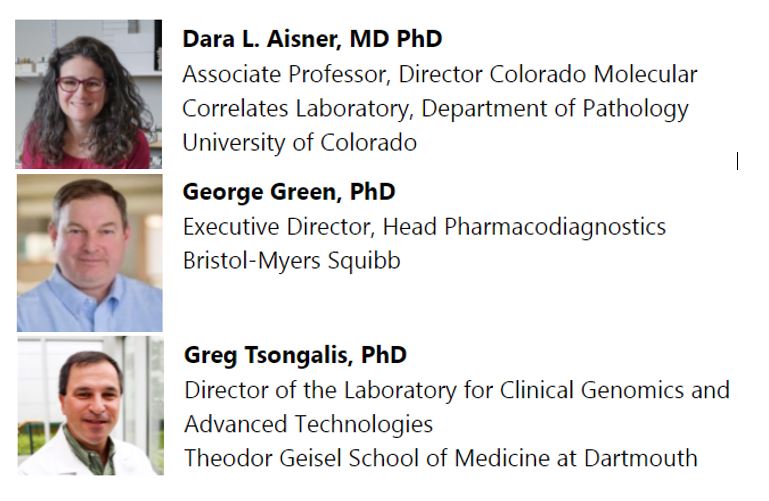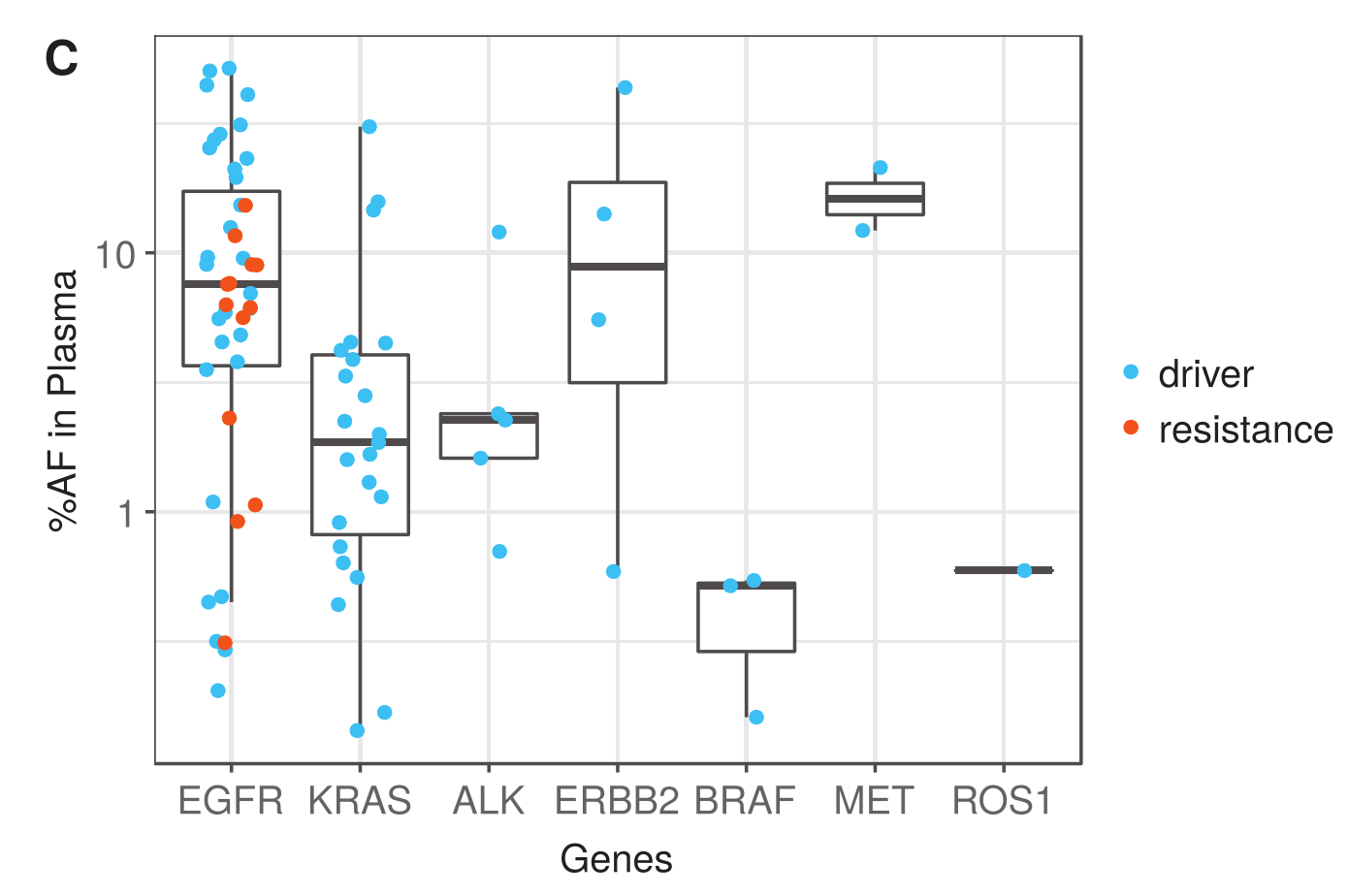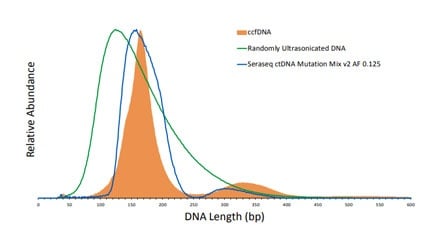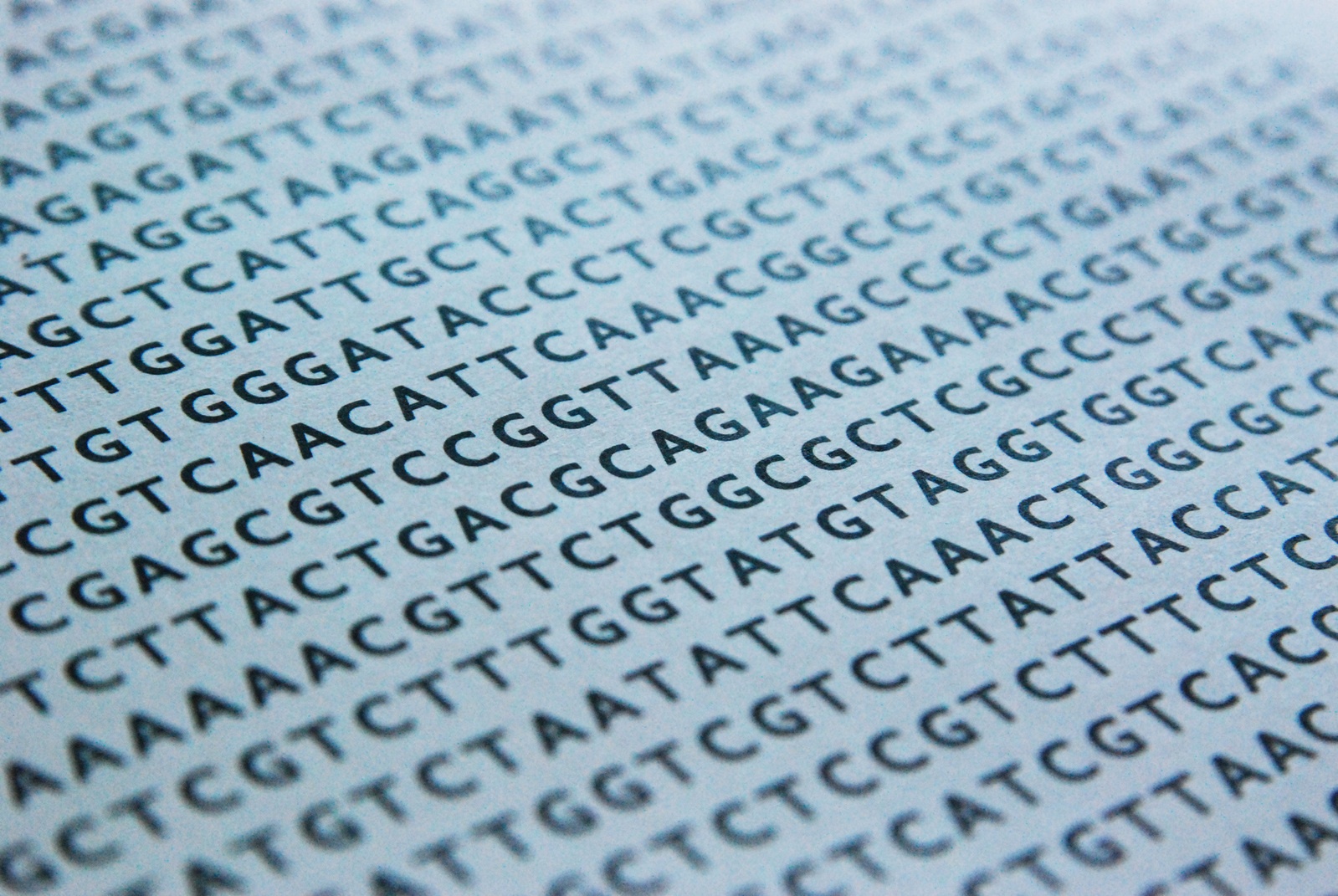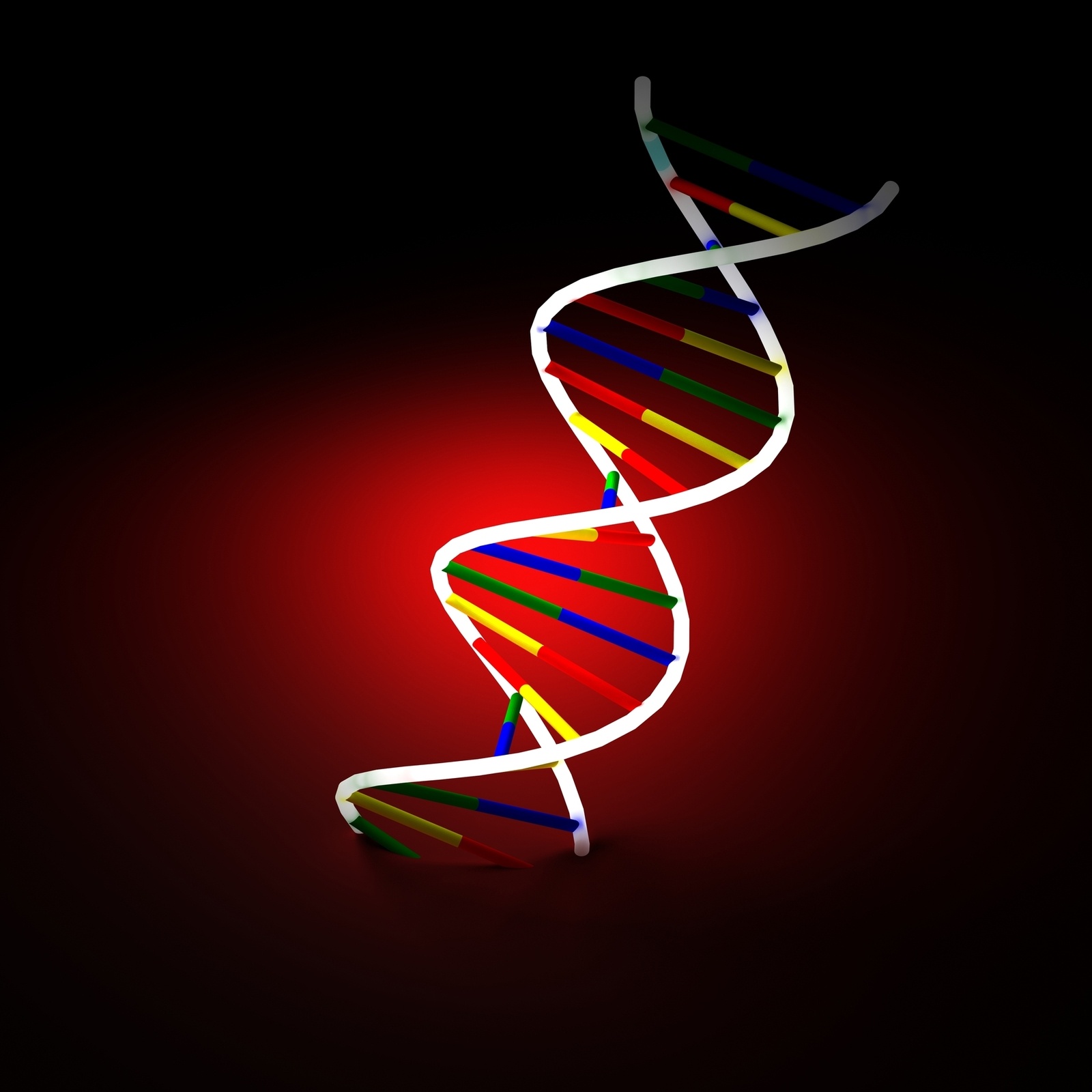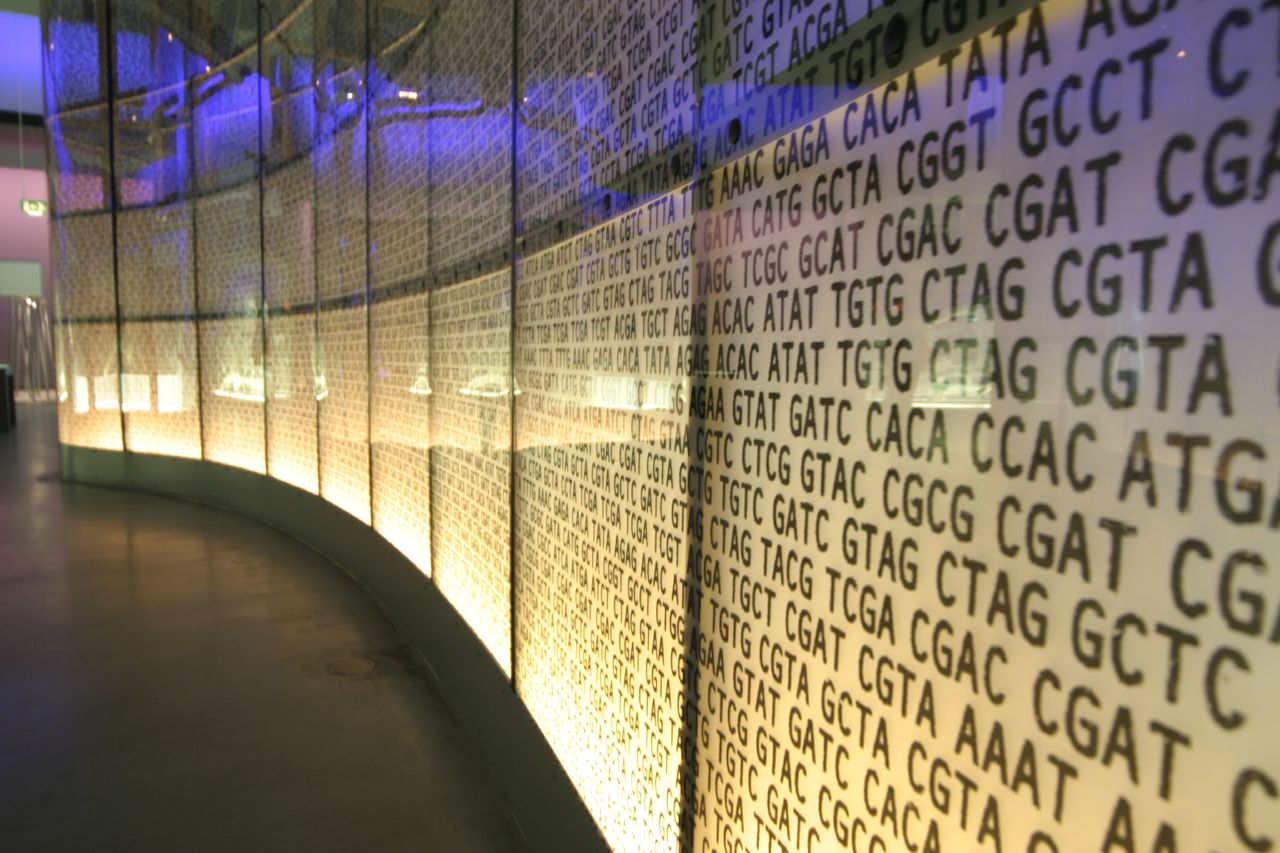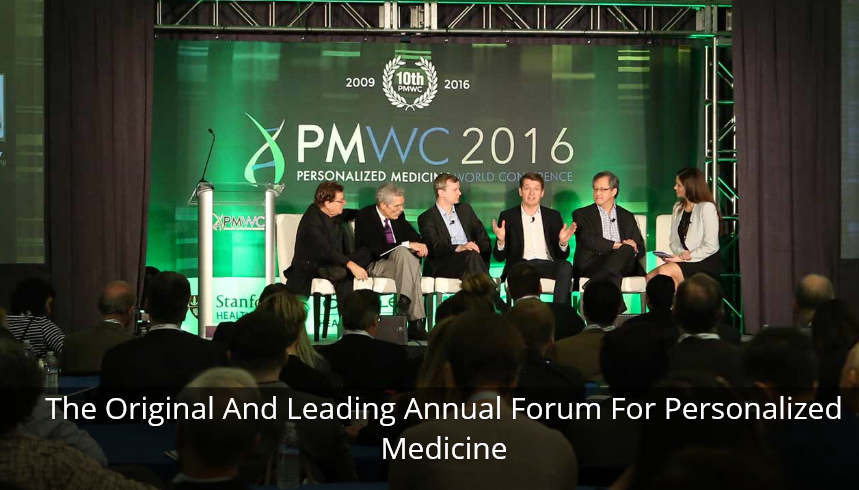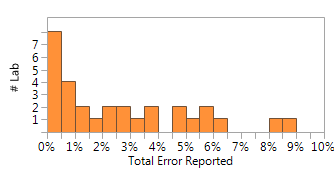Choose your Article Focus | NGS | Molecular & Serology
Russell Garlick, PhD
Recent Posts
Webinar on Genomic Testing to Support New Therapies for Advanced Cancer — Insights and Takeaways
Category: ccfDNA, cfDNA, NGS, Genomic Testing, ctDNA, reference materials
Posted by
Russell Garlick, PhD on Aug 11, 2021 12:00:00 AM
This is Part 1 of a 2-part blog reviewing the Genomic Testing webinar and panel discussion featuring Dara Aisner, MD PhD, George Green, PhD and Greg Tsongalis, PhD. With so much rich information, we will be posting two blogs. Part 1 will cover select important themes discussed by each speaker, and Part 2 will review the audience Q&A. Recently, I had the pleasure of participating in a webinar co-sponsored by LGC SeraCare and GenomeWeb. The topic was “Genomic Testing to Support New Therapies for Advanced Cancer”.
0 Comments Click here to read/write comments
Diagnostic Testing Schemes for NTRK Cancers: All Roads Lead to NGS
Category: SeraSeq, NTRK, NGS, RNA fusion
Posted by
Russell Garlick, PhD on Feb 12, 2020 12:00:00 AM
New treatment options for cancer patients with neurotrophic tyrosine kinase (NTRK) rearrangements are a tremendous success, demonstrating first-hand the importance of precision diagnostics. The FDA granted accelerated approval of Bayer's VITRAKVI (larotrectinib) for adult and pediatric solid tumors containing NTRK fusions1. The approval was one of the first tissue agnostic approvals based on genotyping results, and included patients with unresectable or metastatic cancer. For 12 cancer types, the overall response rate was 75% with 22% complete response and 53% partial response. In addition to VITRAKVI, Genentech's entrectinib has a "breakthrough" status and is being evaluated for the potential treatment of advanced or metastatic tumors that harbor NTRK or ROS1 gene rearrangements.
0 Comments Click here to read/write comments
Newly Published Multi-Laboratory Study Provides Utility and Validation of the Use of ctDNA Reference Standards
Posted by
Russell Garlick, PhD on May 30, 2019 12:00:00 AM
I am pleased to share findings from a newly published peer-reviewed study with foundational circulating tumor DNA (ctDNA) pre-analytical and analytical testing in multiple technologies and assay chemistries. The study, “Multi-laboratory Assessment of a New Reference Material for Quality Assurance of Cell-Free Tumor DNA Measurements,” was just published in The Journal of Molecular Diagnostics (He, Stein et al. 2019).
0 Comments Click here to read/write comments
Sensitive ctDNA Assays are Required for Minimal Residual Cancer Detection
Posted by
Russell Garlick, PhD on May 29, 2018 12:00:00 AM
The 11th International Symposium on Minimal Residual Cancer was held this month and much of the conference was devoted to new minimally invasive methods for circulating tumor cell enrichment and or the analysis of circulating tumor DNA. Today’s clinical needs are to measure disease burden, track mutations over time, or to detect early resistance and all of these applications require extremely sensitive, robust assays.
0 Comments Click here to read/write comments
3 Steps for Building a Bulletproof Clinical NGS Assay: Step 3
Category: qc management, NGS, RNA fusion
Posted by
Russell Garlick, PhD on Dec 8, 2017 12:00:00 AM
What does it mean for an NGS assay to be bulletproof and why does your lab need it? In two previous blog articles (parts one and two), we’ve talked about the factors that go into making NGS assays that doctors can rely on to deliver targeted, lifesaving therapies to their patients. Bulletproof assays are the tests that make your lab a trusted name in the NGS field, a leader in a rapidly-growing market. But, as we’ve written, genetic sequencing is complex, expensive, and time-consuming. Therefore, finding ways to do it more efficiently, while maintaining the quality of your tests, is in the best interests of your lab and its customers. As a refresher, here are the three steps for building a bulletproof clinical NGS assay: Consulting with experts Outlining your validation and quality control (QC) strategies together Evaluating reference material options We’ve already covered the first two steps. In this article, we’ll look at the third one. Choosing the right reference material technology can help control the high validation and running costs of highly multiplexed assays.
0 Comments Click here to read/write comments
3 Steps for Building a Bulletproof Clinical NGS Assay: Step 2
Posted by
Russell Garlick, PhD on Nov 14, 2017 12:00:00 AM
As the use of genetically targeted cancer therapies becomes mainstream, the demand for reliable NGS assays is skyrocketing. To help doctors personalize treatments to their patients’ genetic profiles – and to stand out from the competition – clinical laboratories like yours are constantly looking for ways to create more accurate, more comprehensive assays. We call this the quest for the elusive “bulletproof” assay – one that exhibits the highest performance and reliability in delivering patient results. Because NGS assays are so complex, involving a dizzying number of genes, mutation types, and options for sequencing and bioinformatics, the bulletproof assay is no easy feat. But it can be done. As we wrote in our last blog post, there are three key steps: Consulting with experts Outlining your validation and quality control (QC) strategies together Evaluate reference material options In this article, we’ll discuss step two: strategically outlining the NGS assay validation study and QC plan together. Doing the validation study and QC plan at the same time will give your lab the highest probability of achieving a functioning assay with high quality: Validation results set assay performance A well-designed QC management system will make sure the assay stays within specifications QC tracking and trending will also provide early indicators of assay drift or potential failure
0 Comments Click here to read/write comments
3 Steps for Building a Bulletproof Clinical NGS Assay: Step 1
Posted by
Russell Garlick, PhD on Oct 31, 2017 12:00:00 AM
As next-generation sequencing (NGS) has advanced and doctors have learned to match therapies to specific tumor genotypes, genetic profiling of newly diagnosed cancer has become standard practice. As a clinical laboratory director or scientist, you want to make sure doctors and patients are working with the best diagnostic results. That means making strategic technology choices and sourcing decisions when choosing NGS assays, sequencing platforms, and bioinformatics pipelines. Often, the first decisions you make are the most important, as they have lasting effects on patient care and your lab’s ability to compete in the exploding NGS market. But adopting an NGS technology is not like adopting any other new method for a clinical lab – not when you consider the number of genes and gene regions that are sequenced, the complexity of types of driver mutations, and the myriad of sequencing schemes and bioinformatics platforms available. Because creating a new NGS assay is so complex, it will take us three blog articles to explain all the factors that should play into your decision-making process. As you’ll learn, there are three critical steps for building a “bulletproof” NGS assay: Consult with experts Outline your validation and quality control (QC) strategies together Evaluate reference material options What do we mean by bulletproof? A bulletproof NGS assay is one that exhibits the highest performance and reliability in delivering patient results. If you want every assay your lab develops to be bulletproof, read on.
0 Comments Click here to read/write comments
Highlights from the Precision Medicine World Congress
Category: FDA, clinical genomics, ngs validation, NGS, cancer, EGFR
Posted by
Russell Garlick, PhD on Feb 15, 2017 12:00:00 AM
On January 23-25, 2017 the Precision Medicine World Congress was held in Mountain View, California. The PWMC conference kicked off with Dr. Keith Yamamoto, Vice Chancellor for Science and Policy and Strategy UCSF, with Dr. Robert Califf, FDA Commissioner in a “fireside chat” format. Dr. Califf has been with the FDA for 2 years, has served as Commissioner for 11 months, but has resigned as of January 20th 2017. One of his important parting thoughts presented was how the FDA has been re-energized by the >21st Century Cures Act to hire new scientific talent to implement the President’s Precision Medicine and Cancer Moonshot plans.
0 Comments Click here to read/write comments
What lessons for liquid biopsy have been learned from fetal aneuploidy testing?
Category: liquid biopsy, NIPT, ctDNA
Posted by
Russell Garlick, PhD on Sep 30, 2016 12:00:00 AM
Non-invasive prenatal screening (NIPS) is currently offered in over 80 countries, covering over 80 million annual births, with an estimated volume of over one million screening tests performed annually. First offered in 2011, there has been rapid adoption of these genomic tests in the marketplace.
0 Comments Click here to read/write comments
IVD Guidance for NGS Manufacturers
Category: FDA, clinical genomics, NGS, LDT, reference materials
Posted by
Russell Garlick, PhD on Jul 14, 2016 12:00:00 AM
After 17 months of deliberations since its first open meeting February 20, 2015 on NGS IVD assay oversight, the U.S. Food and Drug Administration (FDA) issued DRAFT guidance for Stakeholders and FDA staff. The document “Use of Standards in FDA Regulatory Oversight of Next Generation Sequencing (NGS)-Based In Vitro Diagnostics (IVDs) Used for Diagnosing Germline Diseases” was published online on July 6, 2016. This document (PDF located here) is for analytical validity and not for clinical validation.
0 Comments Click here to read/write comments

